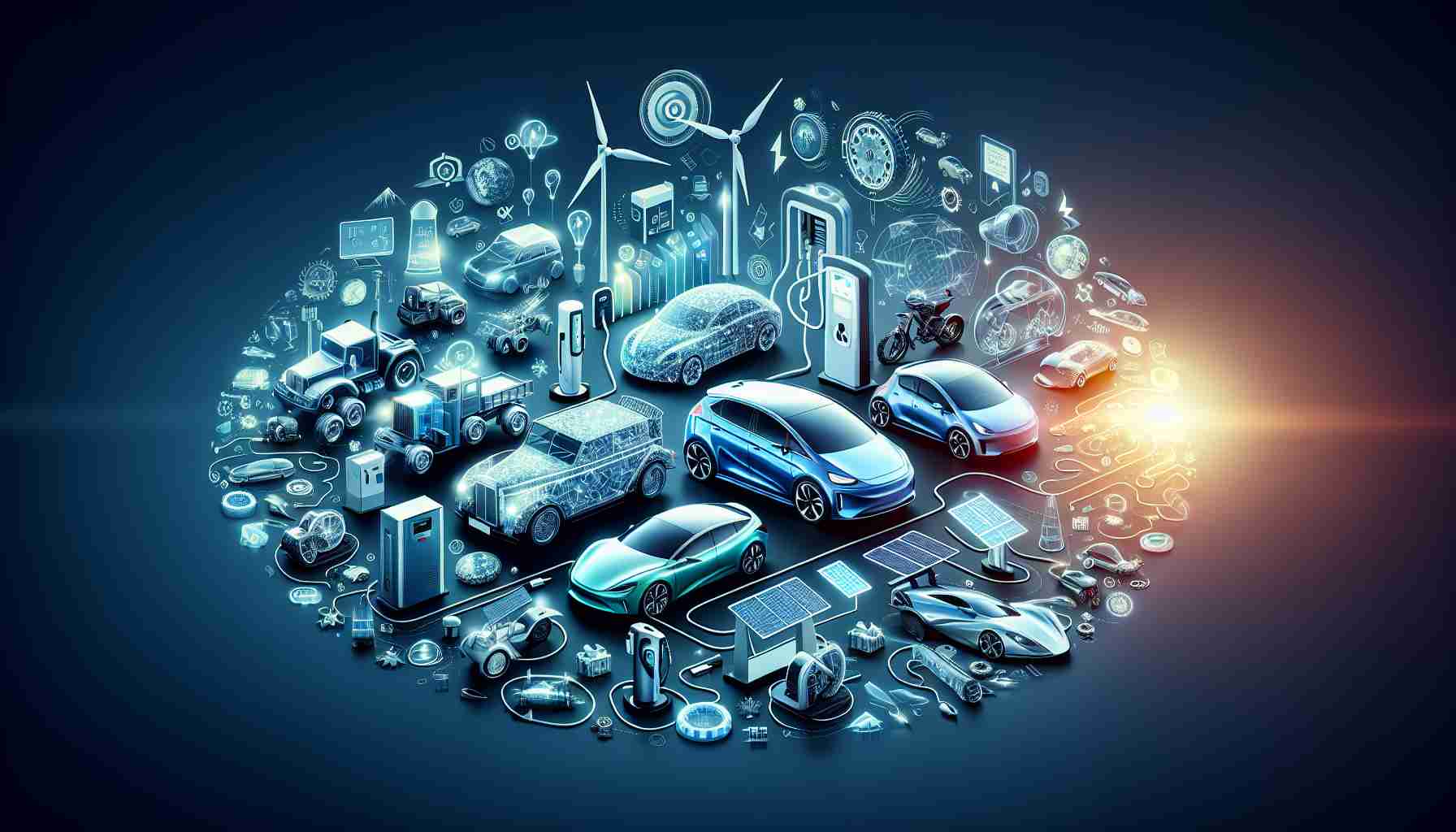- Speculation around tax cuts could enhance Tesla’s earnings, potentially increasing earnings per share by $0.12.
- Waymo is leading in the robotaxi market with advanced autonomous technology and an expanding fleet.
- Rivian’s CEO shows optimism despite possible changes to EV tax credits, viewing challenges as minimal.
- Tensions arise for Tesla in Poland over CEO Elon Musk’s comments, prompting calls for a boycott.
- Elon Musk’s announcement of Optimus robots suggests ambitious revenue goals for the future.
This week unfolded like a gripping saga for the electric vehicle (EV) industry, with major players like Tesla, Alphabet, and Rivian shaking the landscape. Brace yourself for electrifying updates that could reshape the future of transportation!
First up, rumors are swirling about potential tax cuts that could send Tesla’s earnings soaring. Experts predict that a proposed drop in the corporate tax rate from 21% to 15% might add approximately $0.12 to Tesla’s earnings per share this fiscal year, giving them a 4% boost.
Meanwhile, Waymo is zooming ahead in the robotaxi race, leaving Tesla in the dust. Industry leaders highlight Waymo’s strides in autonomous driving, showcasing their superior technology and a growing fleet of robotaxis that seem to glide through city streets flawlessly.
Rivian’s CEO, RJ Scaringe, remains undeterred by concerns over the potential elimination of the $7,500 EV tax credit proposed by Donald Trump. He believes any turbulence from this change will merely be a “small speed bump” for Rivian and the entire EV sector, demonstrating confidence in their innovative path forward.
However, Tesla is facing backlash in Poland, where a government official is calling for a boycott due to controversial comments from CEO Elon Musk. Amid this turbulence, Musk also unveiled plans to release thousands of its groundbreaking Optimus humanoid robots, hinting at a future with revenues that could exceed $10 trillion.
In an industry characterized by rapid shifts and bold innovations, stay informed—these developments are shaping the path to an electrifying future!
Shocking Updates: The EV Industry’s Roller-Coaster Ride!
## The Current State of Electric Vehicle Innovations
The electric vehicle (EV) industry is undergoing a seismic transformation, as key players like Tesla, Waymo, and Rivian push the boundaries of technology and innovation. This week has brought forward new insights and significant updates that could prove pivotal for the future of transportation.
New Innovations and Trends
– Autonomous Driving Advancements: Waymo’s continued development in the realm of autonomous vehicles is noteworthy. They’ve expanded their robotaxi service, which already operates in select cities, and are testing next-gen self-driving software that includes enhanced safety features. This has set a benchmark for competitors like Tesla.
– Battery Technology Breakthroughs: Recent discoveries in solid-state battery technology suggest a possible shift in energy density and charging speed, promising greater range and reduced charging times for EVs. Companies like QuantumScape are leading the charge in this exciting development.
– Sustainability Focus: In response to growing environmental concerns, manufacturers are being pressed to adopt more sustainable practices in battery production. New initiatives in recycling and the mining of materials are emerging, aiming to create a circular economy in the EV sector.
Pricing and Market Forecasts
The EV market is projected to reach $1 trillion by 2026, driven primarily by customer demand and increased government incentives for electrification. Analysts predict this surge could lead to a more competitive market, enabling consumers to benefit from a broader range of choices and price points.
Three Key Questions About the Future of EVs
1. How Will Tax Policy Changes Affect EV Sales?
– With potential tax cuts on the horizon, Tesla and other manufacturers may see improved sales figures as consumers benefit from reduced vehicle prices due to tax incentives.
2. What Are the Implications of Autonomous Driving Technology on Urban Mobility?
– As companies like Waymo gain traction in the autonomous driving realm, urban mobility is expected to become more efficient, with fewer cars needed overall and less traffic congestion.
3. How Will Sustainability Initiatives Impact EV Production Costs?
– As the industry shifts towards sustainable manufacturing practices, initial costs may rise. However, long-term benefits could include more efficient resources management and potentially lower operational costs for manufacturers.
Insights into Market Competition and Features
– Tesla vs. Rivian: While Tesla has established itself as the market leader, Rivian’s unique features, such as adventure-oriented designs and off-road capabilities, position it favorably to attract a niche market of outdoor enthusiasts. This may lead to direct competition in specific segments more than an overall market share battle.
– Security Aspects of Autonomous Vehicles: Security remains a critical concern as robots and AI systems become mainstream. Companies are investing heavily in cybersecurity frameworks to safeguard user data and vehicle functionality against potential threats.
Suggested Reading
For more information on the electric vehicle market and emerging technologies, check out Tesla, Waymo, and Rivian.
In a world where technological advancements are rapid and innovations relentless, staying updated on changes in the EV industry could serve not just as individual knowledge, but also as preparation for a future filled with new transportation possibilities.



















